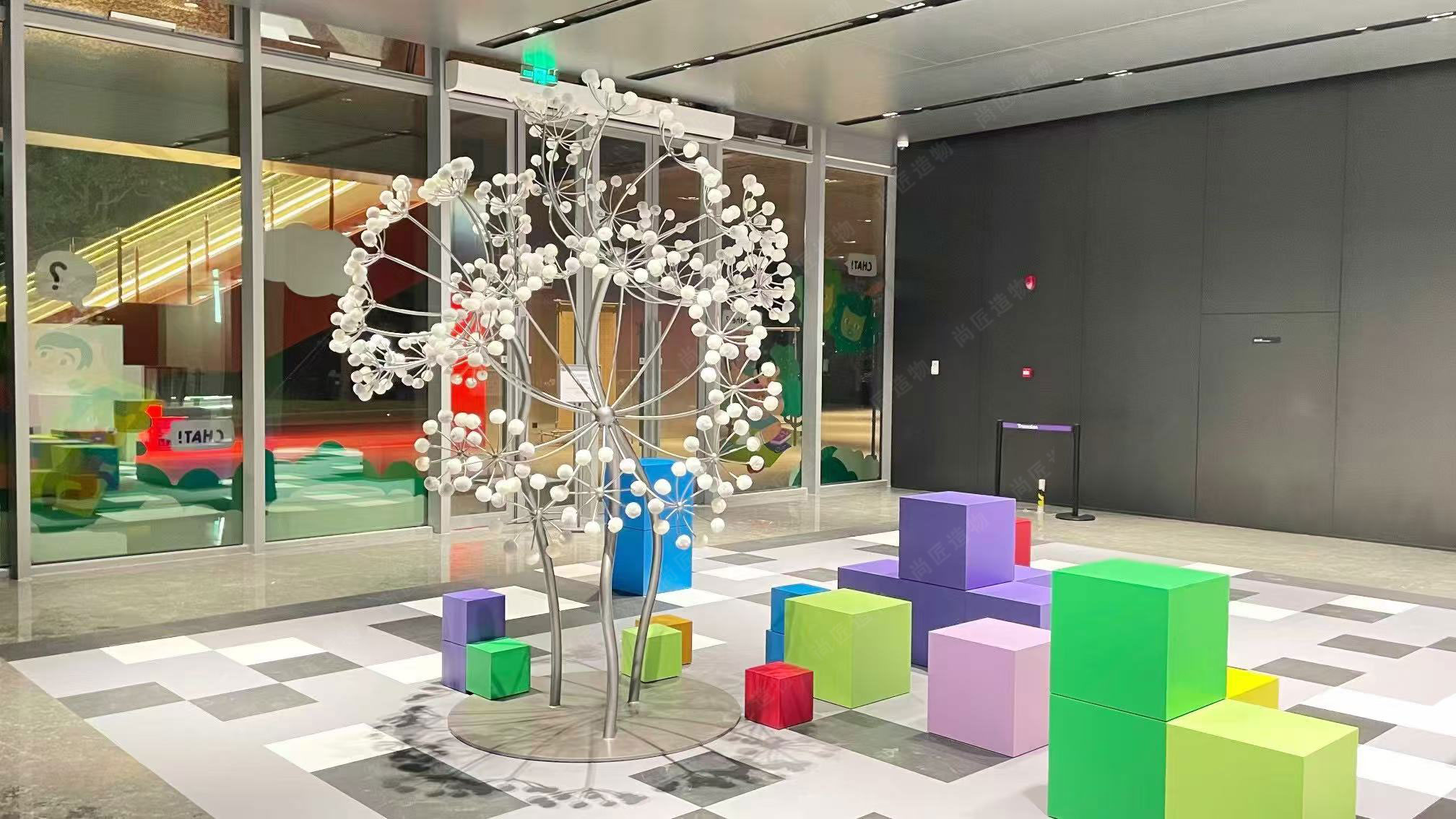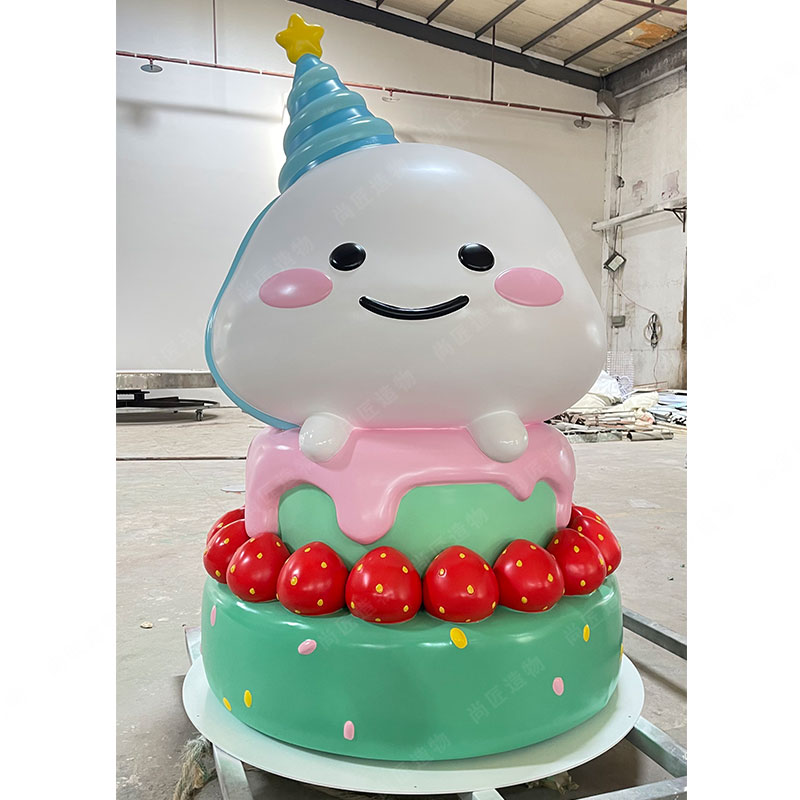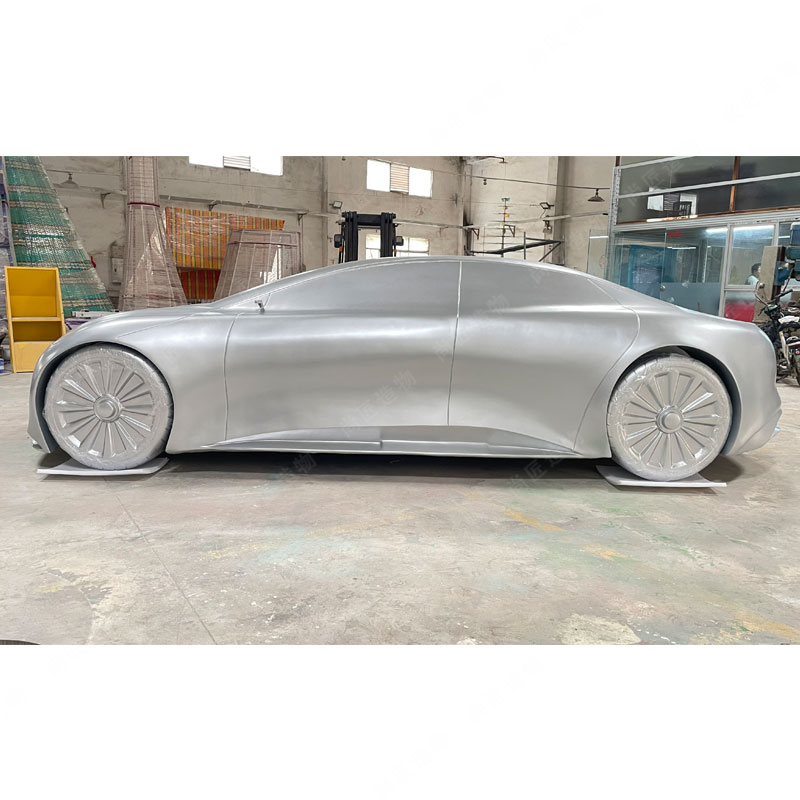Moving sculpture art, particularly through the use of fiberglass, showcases a blend of creativity and engineering that captivates audiences. The unique properties of fiberglass allow artists to create large, intricate pieces that respond to their environment. As the field evolves, artists increasingly incorporate advanced technology, enabling more complex movements and interactive experiences. The interplay between motion and viewer engagement not only enhances the aesthetic value but also transforms perceptions of public spaces. The dynamic nature of these sculptures fosters a richer artistic dialogue, inviting audiences to reflect on their surroundings while experiencing art in a fresh and engaging way. Through innovative design and creative expression, moving sculptures continue to redefine the boundaries of contemporary art.
Innovative Uses of Fiberglass in Kinetic Sculpture Art
Fiberglass has become a popular medium in the world of kinetic sculpture art, thanks to its lightweight and durable properties. Artists often use fiberglass to create large-scale pieces that can withstand outdoor elements while maintaining intricate details. The flexibility of fiberglass allows for creative forms and designs that incorporate movement, often achieved through mechanical or natural means. These sculptures can sway in the wind or rotate with the help of motors, engaging viewers in a dynamic interaction. For instance, some artists experiment with combining fiberglass with other materials like metal or wood, adding layers of texture and visual interest to their work. This innovative approach not only enhances aesthetic appeal but also pushes the boundaries of traditional sculpture. For more insight into how various artists employ this versatile material, check out this Fiberglass sculpture.
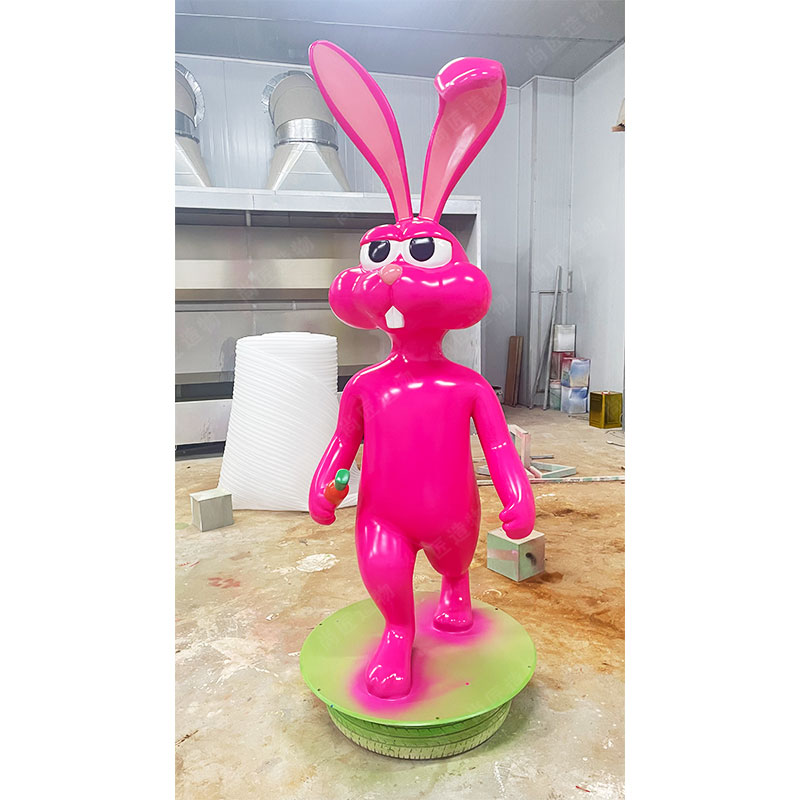
The Evolution of Moving Sculpture Designs Through the Years
Moving sculpture art has seen remarkable transformations over the decades. Initially, the focus was on simple mechanical elements that conveyed motion through basic engineering. Early kinetic sculptures often relied on wind or manual operation to engage viewers. As technology advanced, artists started integrating motors and sensors into their designs, allowing for more complex movements and interactive experiences. Fiberglass emerged as a popular material in this evolution due to its lightweight and durable properties, enabling sculptors to experiment with form and function. This shift not only enhanced the visual appeal but also expanded the potential for dynamic expression in art. Contemporary artists now blend traditional crafting techniques with cutting-edge technology, leading to innovative works that captivate audiences and challenge the boundaries of artistic form. Such evolution highlights how moving sculpture designs continue to inspire and engage through their intricate balance of art and engineering, reshaping our understanding of creativity in public spaces.
Captivating Viewers with Motion: The Art of Dynamic Sculptures
Dynamic sculptures leverage movement to engage audiences in unique ways. Artists use various materials and techniques to create works that respond to environmental factors like wind or light, adding an interactive element that draws viewers closer. For example, fiberglass allows for intricate designs that can withstand outdoor conditions while maintaining a lightweight structure. This combination presents endless possibilities for artistic expression. The ability of these sculptures to sway, rotate, or shift encourages onlookers to consider the relationship between the artwork and its surroundings. This evolving conversation between art and nature enhances the overall experience, making each encounter with a dynamic sculpture memorable and thought-provoking. Exploring the IP character sculpturefurther illustrates how movement can effectively convey emotions and ideas, enriching contemporary artistic landscapes.
Exploring the Intersection of Art and Technology in Fiberglass Sculptures
Fiberglass sculptures are a striking example of how art transcends traditional boundaries by incorporating technology. Artists harness advanced techniques to manipulate fiberglass, allowing for intricate designs that respond to their environment. This blend of creativity and engineering results in dynamic artworks that shift and move, capturing the viewer's attention. Moreover, advancements in computer-aided design (https://en.artmovr.com/), showcasing diverse styles and concepts that resonate with a broader audience.

Unveiling the Creative Process Behind Moving Sculpture Artworks
The creation of moving sculptures requires a careful blend of artistry and engineering. Artists often begin with sketches, translating their vision into three-dimensional models. This phase involves experimenting with materials like fiberglass, known for its lightweight and durable qualities. Incorporating kinetic elements, such as wind propulsion or motorized components, is also crucial to enhance movement. As artist Anthony Howe stated, “The interplay of sculpture and nature invites viewers to engage with the artwork dynamically.”
During production, artists must consider balance and stability to ensure that their pieces not only move but also withstand various environmental conditions. Collaborating with engineers can help refine these aspects, leading to sculptures that are both visually stunning and structurally sound. The melding of technology and creativity opens new doors for artistic expression, making the process an exciting journey in the world of moving sculpture art.
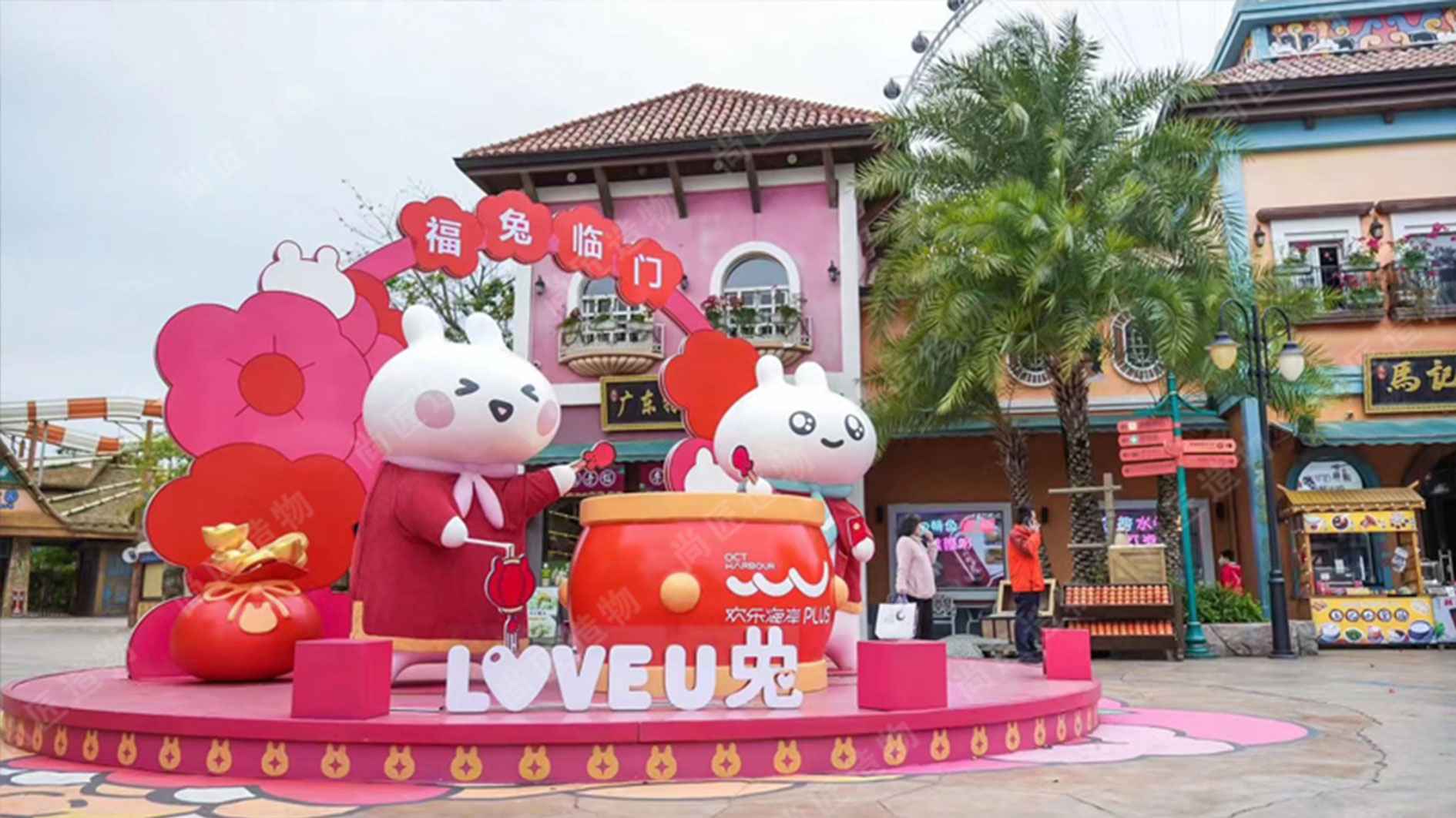
The Impact of Kinetic Sculpture on Contemporary Artistic Expression
Kinetic sculpture has transformed the way we perceive and interact with art today. By incorporating movement, these sculptures engage viewers in a dynamic dialogue, inviting them to experience art in a new light. Artists often leverage materials like fiberglass and stainless steel to create works that reflect light and respond to their environment. The movement in these pieces can evoke emotions and provoke thought, bridging the gap between art and science. This blend of disciplines not only highlights technical mastery but also deepens emotional resonance, allowing audiences to connect with the artwork on multiple levels. The growing popularity of kinetic art demonstrates its ability to engage contemporary society, making it a significant element in modern artistic expression. As artists continue to innovate, the impact of moving sculptures will likely evolve, further enriching the cultural landscape.
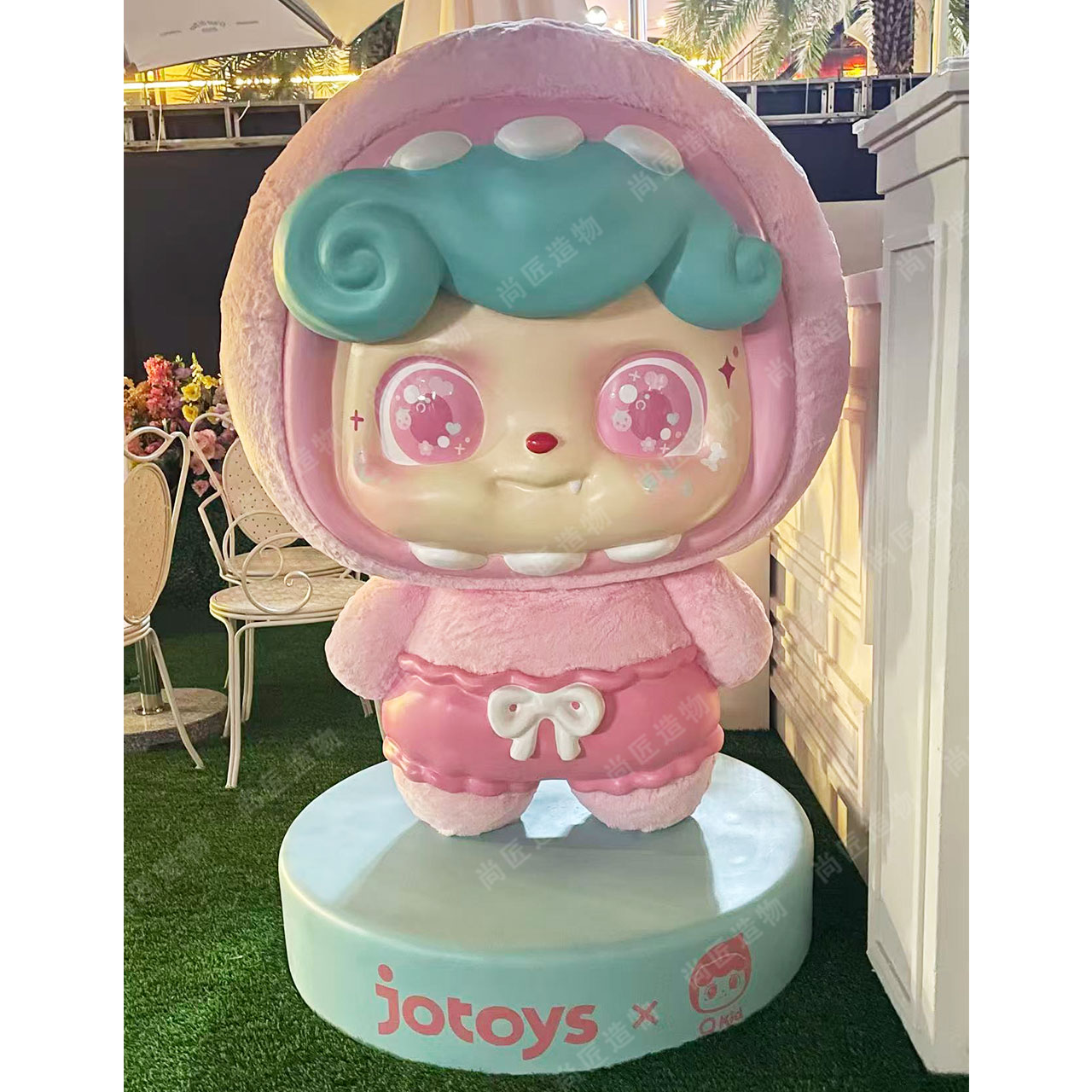
Understanding the Mechanics and Physics of Moving Sculptures
Moving sculptures operate on fundamental principles of mechanics and physics, which enable them to create captivating visual experiences. The balance between weight distribution and center of gravity is crucial, as it affects stability and movement. For instance, properly tuned pivot points allow sculptures to sway or rotate gracefully with even the slightest breeze. Additionally, the materials used, such as fiberglass, play a significant role in determining weight and flexibility, directly influencing motion. Wind resistance is another factor that artists consider; its effects can either enhance or hinder movement. By applying these principles effectively, artists can design kinetic sculptures that not only engage viewers visually but also invite them to reflect on the intricate relationship between art and the laws of nature.
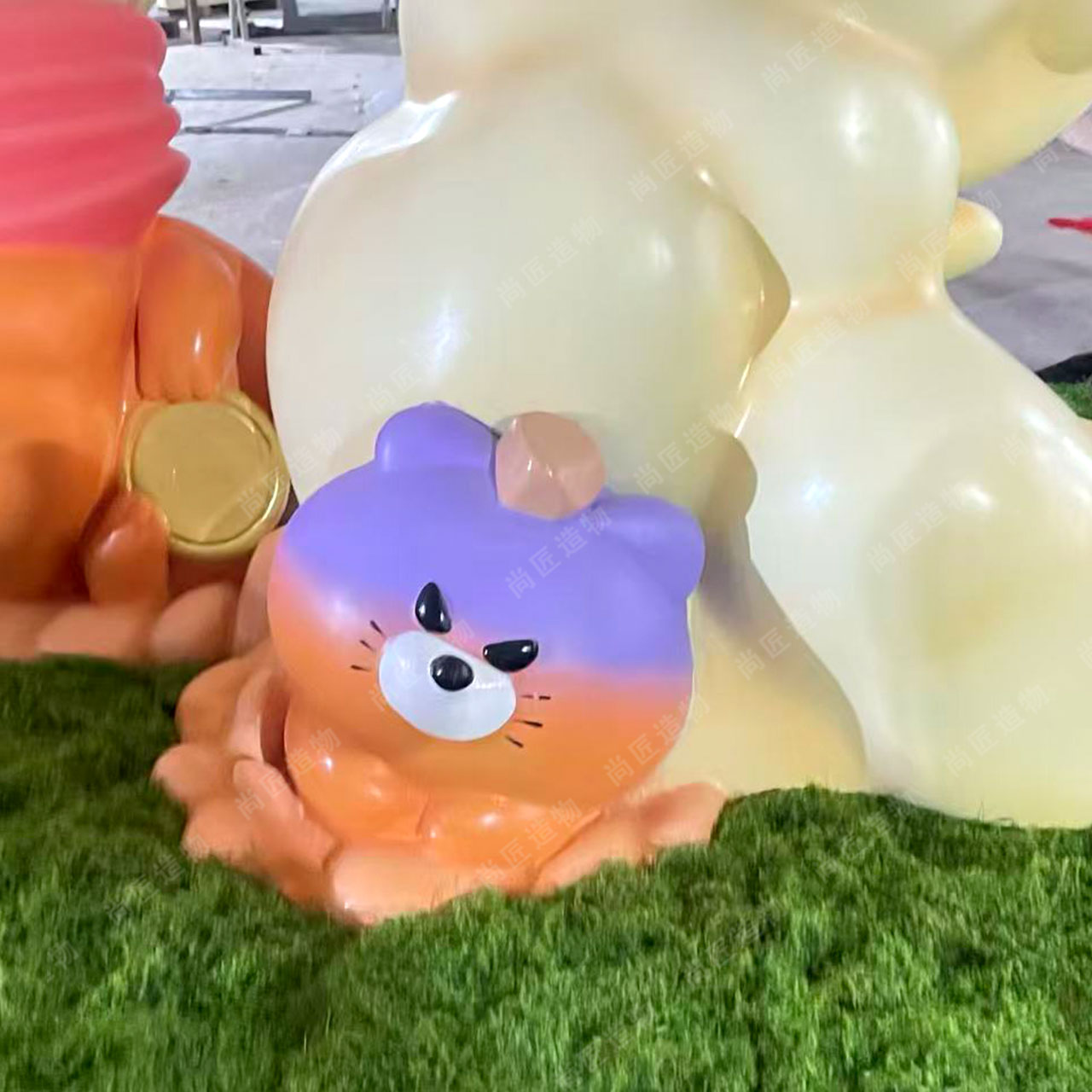
Transforming Spaces: How Moving Art Changes Perceptions
Moving art offers a fresh perspective on traditional spaces, blending creativity with dynamic movement. As viewers engage with kinetic sculptures, their perceptions of the environment shift, creating an interaction that is both visual and emotional. These sculptures invite observers to appreciate not just the artwork itself but also the space around it. The fluidity of movement can transform static areas into vibrant settings, enriching the viewer's experience. By adding layers of complexity and intrigue, moving sculptures challenge preconceived notions of art and its place in everyday life. This interaction between art, space, and audience fosters a deeper connection and appreciation for both the artist's vision and the environment in which it is displayed.
Conclusion
The exploration of moving sculpture art, particularly through innovative materials like fiberglass, has opened new avenues for creativity and viewer engagement. As artists continue to blend traditional craftsmanship with modern technology, kinetic sculptures are becoming increasingly complex and expressive. This dynamic form of art encourages meaningful interactions with audiences, transforming passive observation into active participation. As these sculptures evolve in design and functionality, their impact on public spaces and cultural narratives grows, inspiring a deeper appreciation for the connection between art, viewer experience, and the environment. Through the ongoing development of moving sculpture art, we witness a rich interplay between form and motion that continues to captivate and challenge our perceptions.
FAQs
What is moving sculpture art?
Moving sculpture art refers to artworks that incorporate motion and kinetic elements, engaging viewers in a dynamic experience.
How do artists create motion in sculptures?
Artists use various methods such as mechanical components, motors, or relying on natural elements like wind to achieve movement.
Why is fiberglass a popular material for kinetic sculptures?
Fiberglass is lightweight, durable, and versatile, allowing artists to design large-scale pieces that can withstand outdoor conditions while displaying intricate details.
What role does technology play in moving sculpture art?
Technology enhances creativity by enabling complex movements and interactions, integrating tools like sensors or computers for finer control over the sculptures.
How does moving art affect perception of space?
Moving art challenges viewers’ perceptions by transforming static environments into engaging experiences, fostering a deeper connection with both the artwork and its surroundings.
 ch
ch English
English



